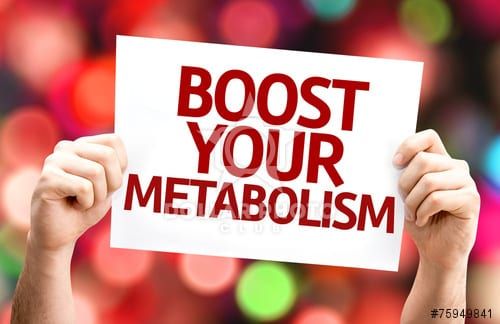1. During the immediate post-exercise recovery period, oxygen is used for the following functions:
- Production of ATP to replace the ATP used during the workout
- Resynthesis of muscle glycogen from lactate
- Restore oxygen levels in venous blood, skeletal muscle blood and myoglobin
- Work with protein for the repair of muscle tissue damaged tissue during the workout
- Restore body temperature to resting levels
2. Exercise that consumes more oxygen burns more calories.
The body expends approximately 5 calories of energy (a calorie is the amount of energy required to heat 1 liter of water 1 degree centigrade) to consume 1 liter of oxygen. Therefore, increasing the amount of oxygen consumed both during and after a workout, can increase the amount of net calories burned.
3. Circuit training and heavy resistance training with short rest intervals require ATP from the anaerobic pathways, leading to a significant EPOC effect.
Strength training with compound, multi joint weightlifting exercises or doing a weightlifting circuit that alternates between upper- and lower-body movements places a greater demand on the involved muscles for ATP from the anaerobic pathways. Increased need for anaerobic ATP also creates a greater demand on the aerobic system to replenish that ATP during the rest intervals and the post-exercise recovery process. Heavy training loads or shorter recovery intervals increase the demand on the anaerobic energy pathways during exercise, which yields a greater EPOC effect during the post-exercise recovery period.


